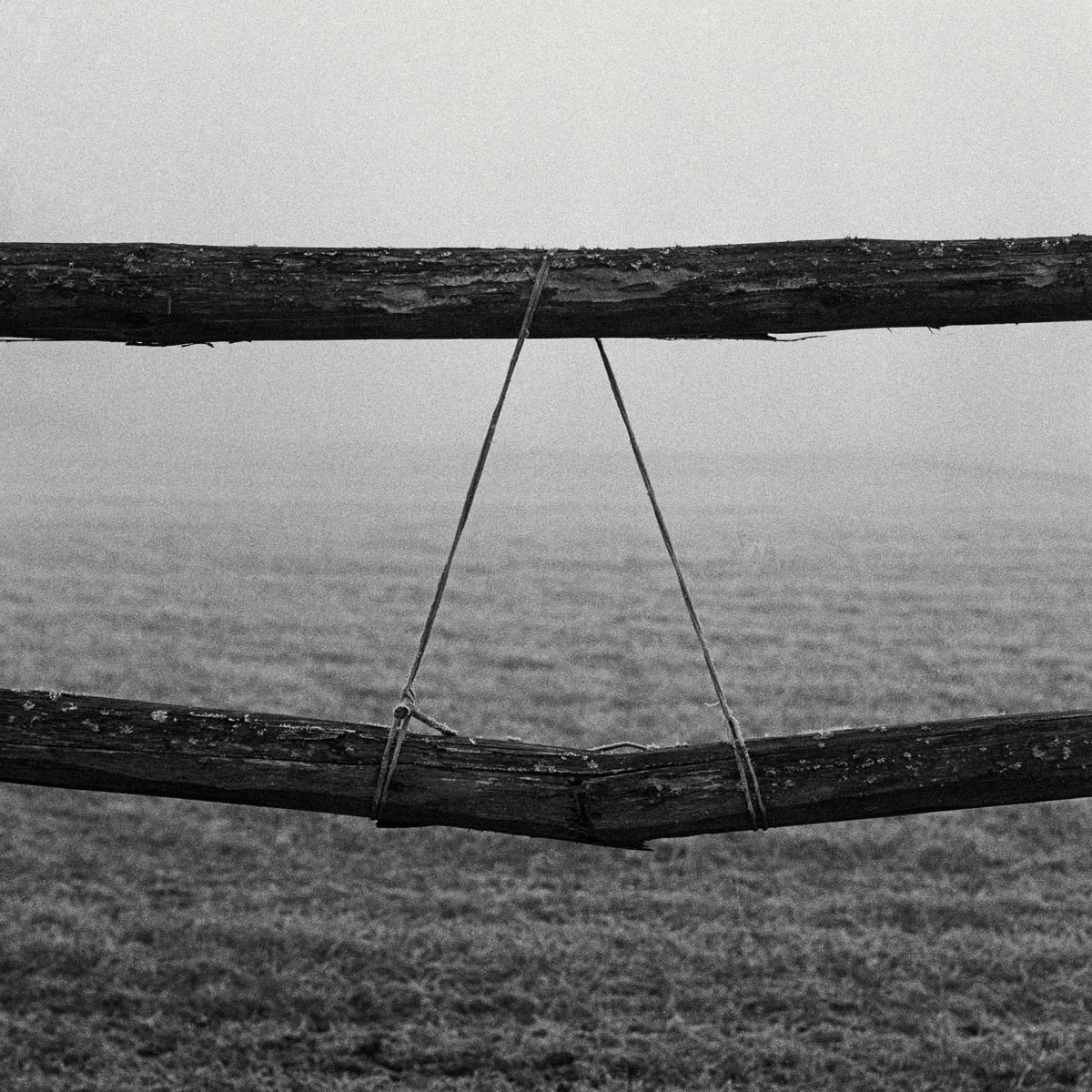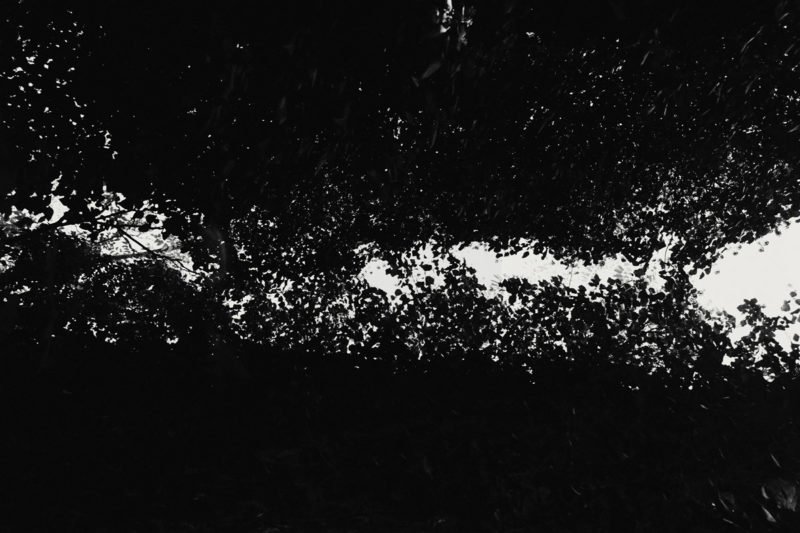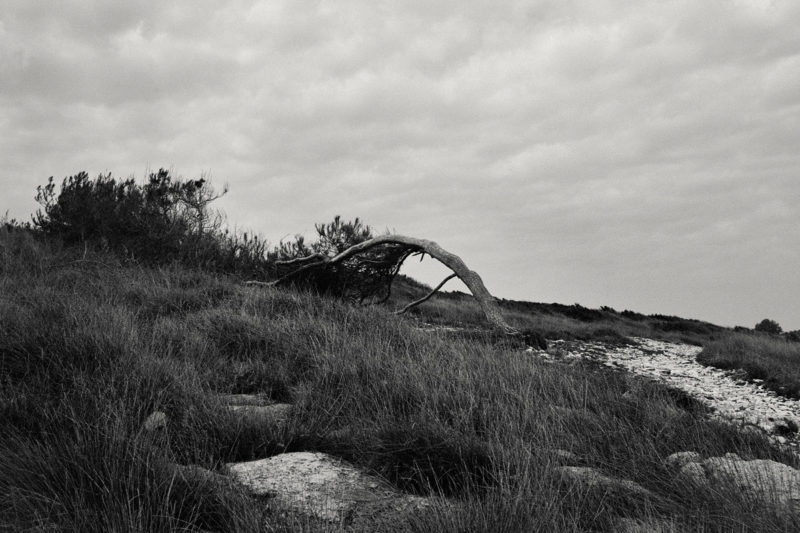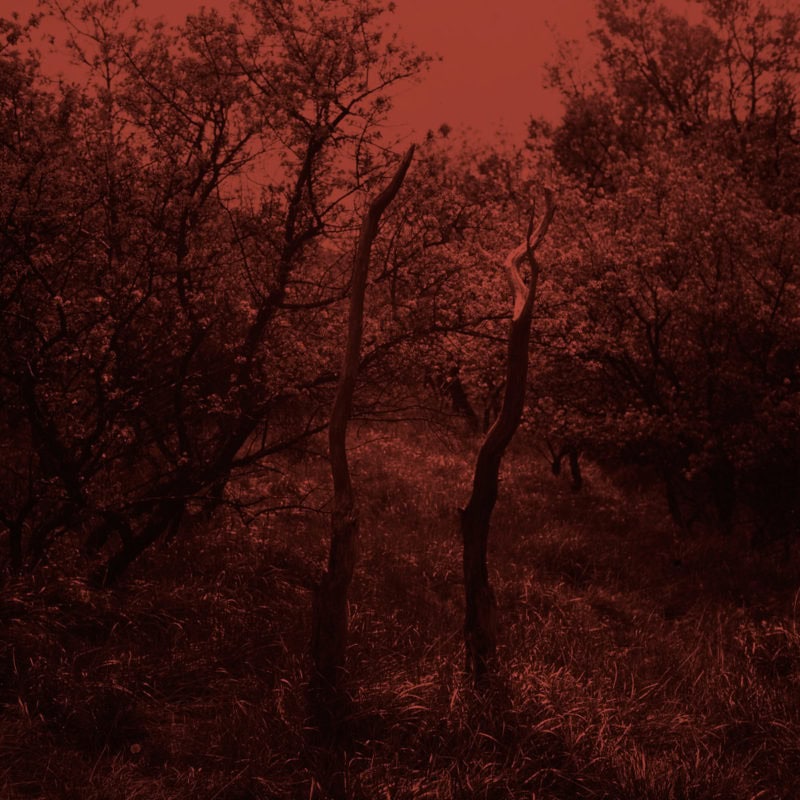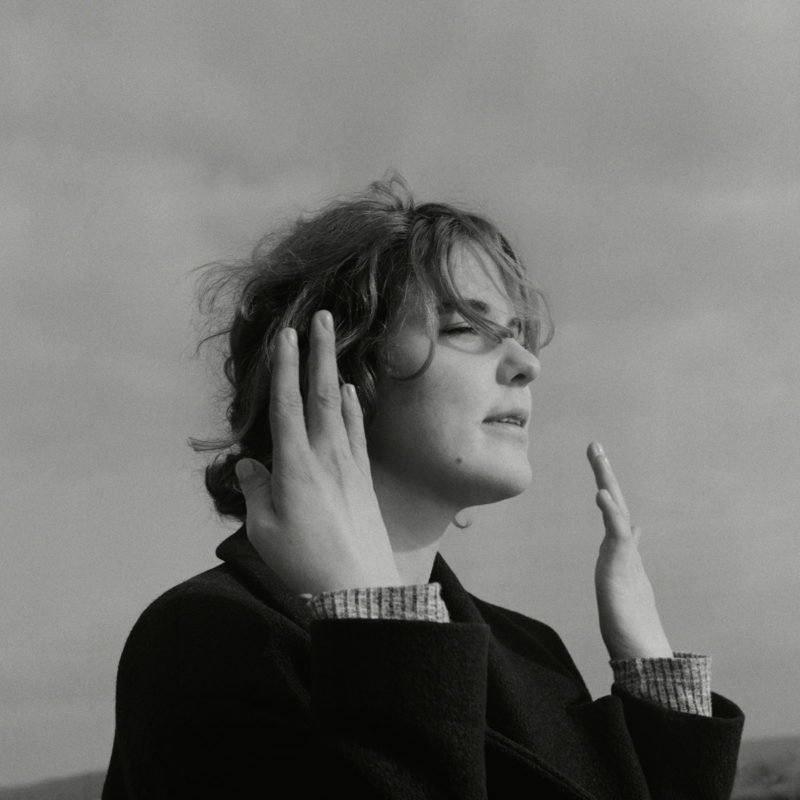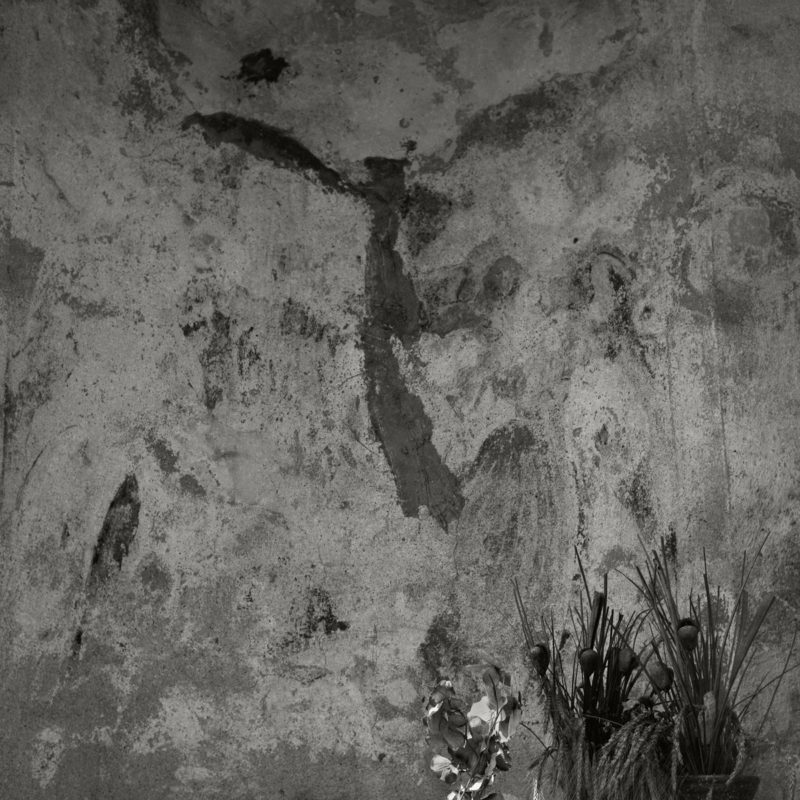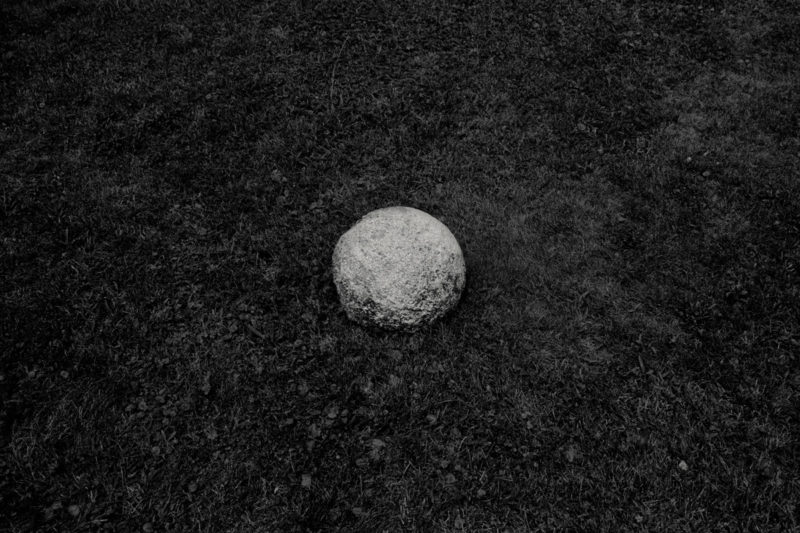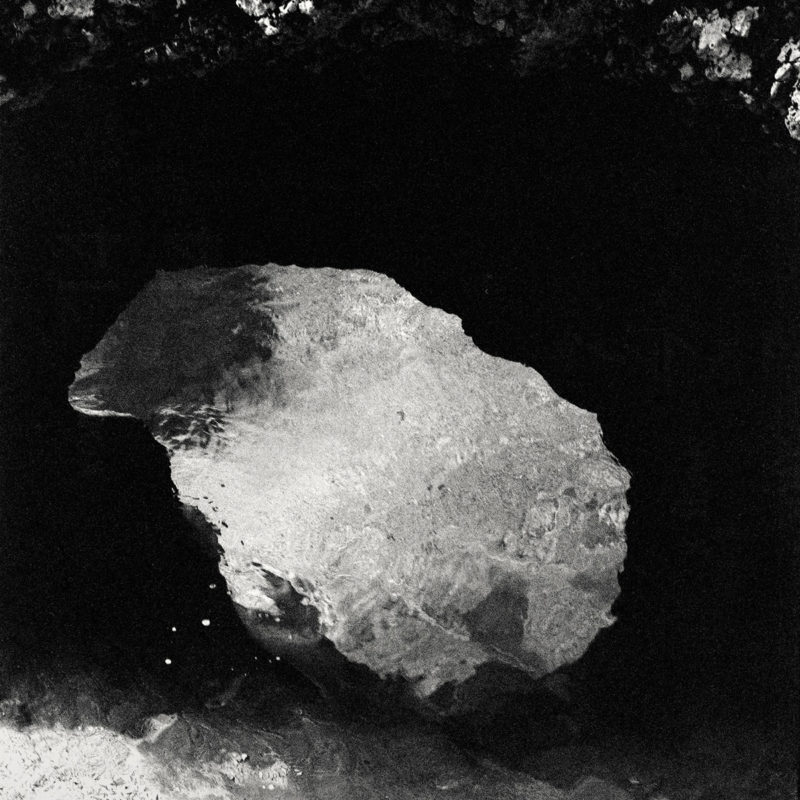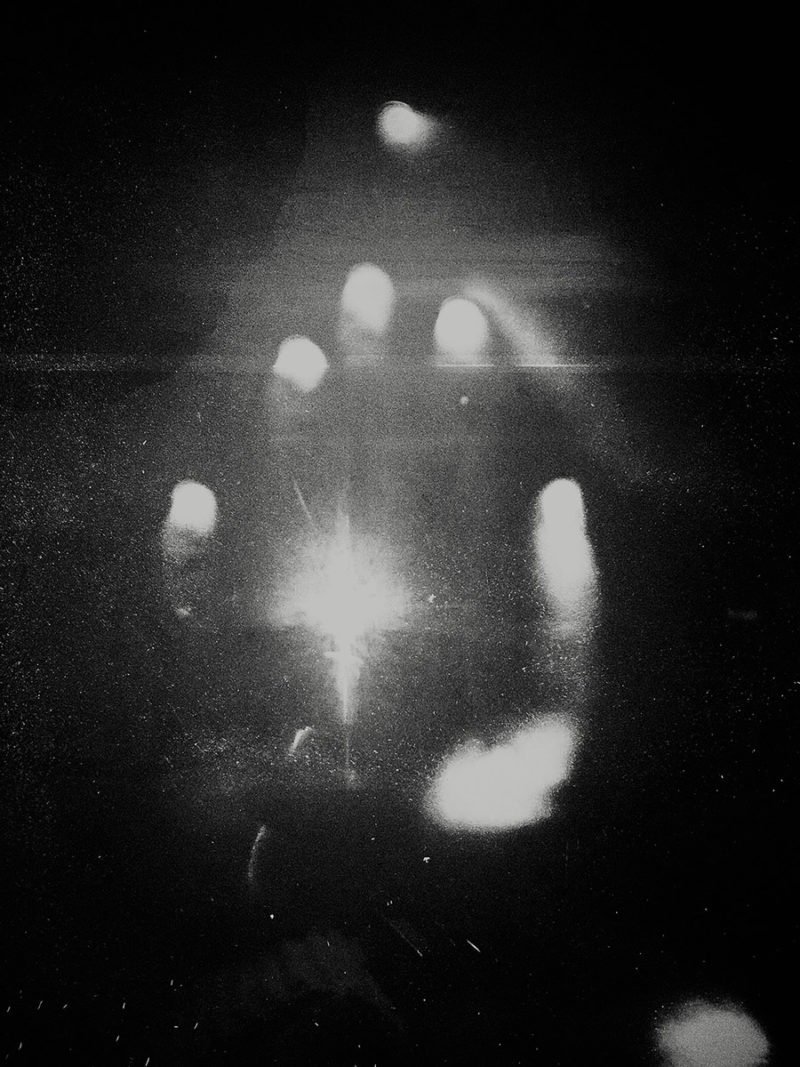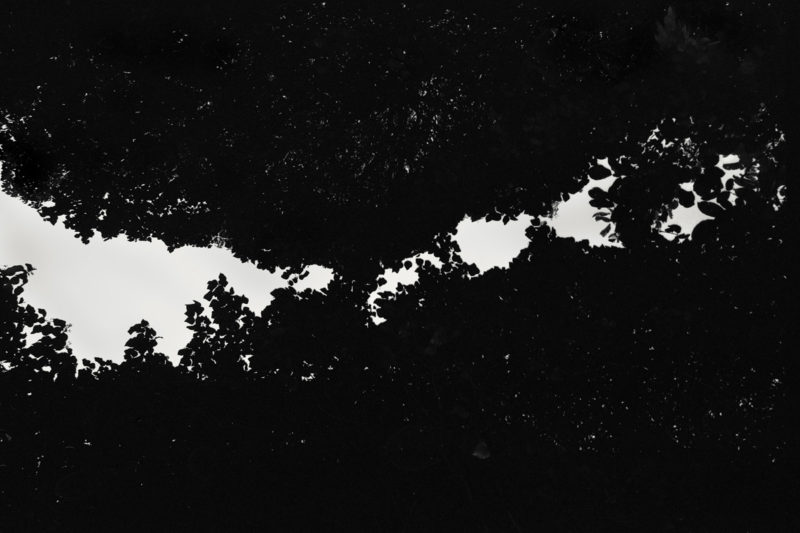Ana Ziebelnik graduated from the Academy of Fine Arts and Design in Ljubljana in 2018 and is currently completing an MA degree in film and photographic theory at Leiden University. She has developed, published and exhibited her work both independently and under the axis of If Slovenia Were and lately within the 2nd cycle of PARALLEL – European Photo Based Platform. In 2019, she won the Verzasca Nera award for her series We Are the Ones Turning and was selected as the GUP New Talent of the year 2020, as well as an Haute Photographie 2020 Talent.
About ‘White Devil’ – words by Ana Zibelnik:
What is there in a sinister place? Nobody knows; a who-knows-who or a who-knows-what. Does evil exist? Is the devil the epitome of evil – and is the devil dark and malevolous, or can it be innocuous and bright? Metaphors come in handy sometimes and metaphors can grow into stories and the stories are told and retold, until they become myths, with nobody quite sure how they’d come into being. Nonetheless, these kind of myths become somehow inseparable from the place they originate in. One of these places is the area around Bohinj lake, deep in the Friulian Alps between Slovenia, Austria, and Italy; and the myth it’s closely interlaced with is the story of the white devil. When Jean-Paul Sartre arrived at Bohinj in 1968, he made it his priority to visit the chapel and see the famed fresco which supposedly represents the white devil: while the fresco itself is a fairly unimpressive work of art, crude and paled due to unrelenting humidity, its reputation speaks loudly of the environment from which it stems. In the series, I worked in the area where the motif of the white devil is persistent but avoided ever really touching upon the story or its representations: rather the photographs explore what permits a myth to be born and perpetuated.
